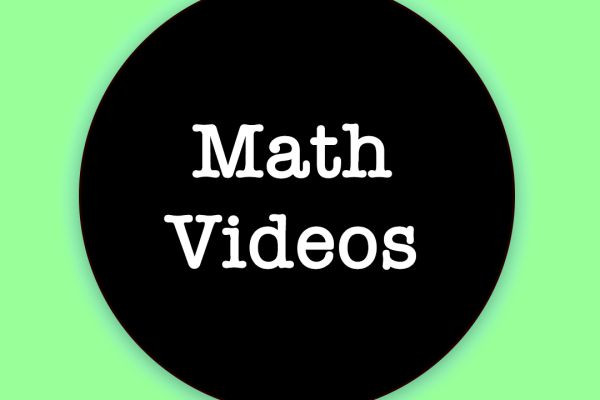1. Enhance Lesson Plans
Math videos can complement your lesson plans by providing clear, visual explanations of complex topics. Here’s how to do it:
- Pre-Lesson Viewing: Assign videos as homework before introducing a new topic. This primes students for the lesson and allows them to come prepared with questions.
- In-Class Viewing: Use videos to introduce new concepts or as a supplementary tool during the lesson. Pause the video to explain further or address questions.
- Post-Lesson Review: Reinforce the day’s lesson by assigning videos that recap the material covered in class.
2. Differentiate Instruction
Every student learns at their own pace. Math videos can help you cater to diverse learning needs:
- Individualized Learning: Allow students to watch videos at their own pace. Those who grasp concepts quickly can move on to more advanced topics, while others can rewatch videos as needed.
- Visual and Auditory Learners: Videos cater to both visual and auditory learners by combining visual aids with verbal explanations.
- Advanced Learners: Provide advanced students with videos on more complex topics to keep them challenged and engaged.
3. Engage Students with Interactive Content
Engagement is key to effective learning. Math videos often come with interactive elements:
- Quizzes and Assessments: Use videos with built-in quizzes to assess student understanding in real-time.
- Interactive Problems: Encourage students to pause the video and solve problems on their own before continuing to see the solution.
- Group Activities: Have students watch a video and then work in groups to solve related problems, fostering collaboration and peer learning.
4. Incorporate Flipped Classroom Model
The flipped classroom model involves students watching instructional videos at home and doing “homework” in class:
- At-Home Learning: Assign videos as homework to introduce new topics. This allows students to learn at their own pace.
- In-Class Practice: Use class time for hands-on practice, problem-solving, and one-on-one assistance, making the most of face-to-face interactions.
5. Facilitate Revision and Reinforcement
Repetition and review are essential for mastery:
- Revision Sessions: Schedule regular revision sessions using videos to reinforce key concepts.
- Supplementary Materials: Provide worksheets or practice problems related to the videos for additional practice.
- Self-Paced Review: Allow students to rewatch videos as needed for self-paced revision, particularly before exams.
6. Track and Assess Student Progress
Use video analytics and assessments to monitor student progress:
- Viewing Data: Track which videos students have watched and how much time they spend on each.
- Assessment Scores: Analyze quiz and assessment scores to identify areas where students struggle and need more support.
- Feedback Mechanism: Use student feedback on videos to improve your teaching strategy and video selection.
7. Encourage Parental Involvement
Involving parents in their child’s education can enhance learning outcomes:
- Parent-Student Watching: Encourage parents to watch videos with their children to better understand the curriculum and support their learning.
- Discussion Prompts: Provide parents with discussion prompts and questions to talk about the videos with their children.
Conclusion
Incorporating math videos into your classroom can transform your teaching approach, making math more engaging, accessible, and understandable for your students. Platforms like TeacherFlix.com offer a wealth of resources to support this integration. By enhancing lesson plans, differentiating instruction, engaging students with interactive content, adopting the flipped classroom model, facilitating revision, tracking progress, and encouraging parental involvement, you can leverage math videos to create a dynamic and effective learning environment.









